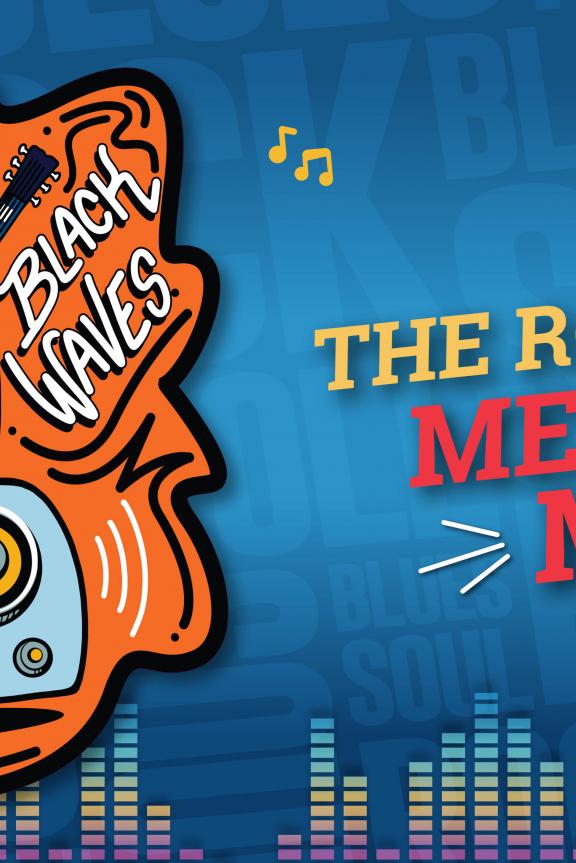
After the rising popularity of radio legend Nat D Williams' "Tan Town Jubilee" radio show, the radio station switched to all-Black programming. A dramatic increase to 50,000 watts in the early '50s meant that WDIA reached 10% of the African-American population in United States.
B.B. King got his first big break in show business as an advertisement jingle singer for a medicinal tonic called Pepticon on the radio station. It was Rufus Thomas' radio celebrity on WDIA that caught the ear of local record producer and Sun Records owner, Sam Phillips, who would go on to launch Thomas' recording career.
WHERE TO GO NEXT
All points of interest below are mapped from the Memphis Rock ‘n’ Soul Museum, just steps from the bollards and FedExForum.
Walk 10 Minutes
WDIA Sign
Snap a selfie with the WDIA sign. While the station has since moved locations, the neon WDIA sign still hangs above the station’s original studio on Union Ave. The site was added to the U.S. Civil Rights Trail in 2020.
Get Directions
Walk 4 minutes
B.B. King’s Blues Club
Dubbed “The King of the Blues,” B.B. King cut his teeth as a singer and DJ for WDIA. Head down Beale Street to B.B. King’s Blues Club and experience how King’s legacy lives on today.
Get Directions
Drive 9 Minutes
Stax Museum of American Soul Music
Before Stax Records’ star Rufus Thomas recorded hits like “Walking the Dog” and “Do the Funky Chicken,” he got his start as a DJ at WDIA. Explore some of Memphis’ most iconic music history, with tributes to Thomas and WDIA, at the Stax Museum of American Soul Music.
Get Directions
Explore the people, stories and places behind the bollard art outside FedExForum. Use this slider to sneak a peek at everything rock 'n' roll-related, from the art itself to local points of interest.








